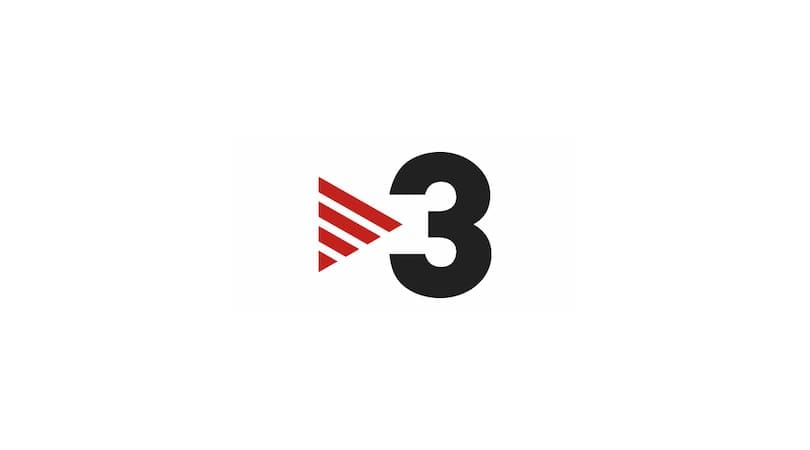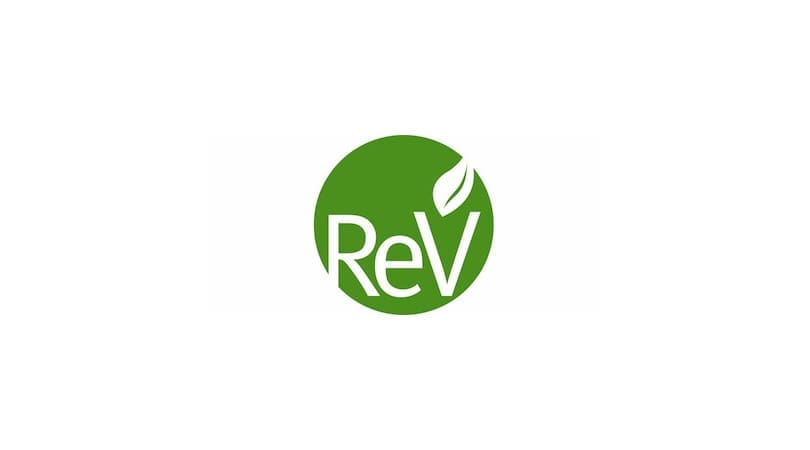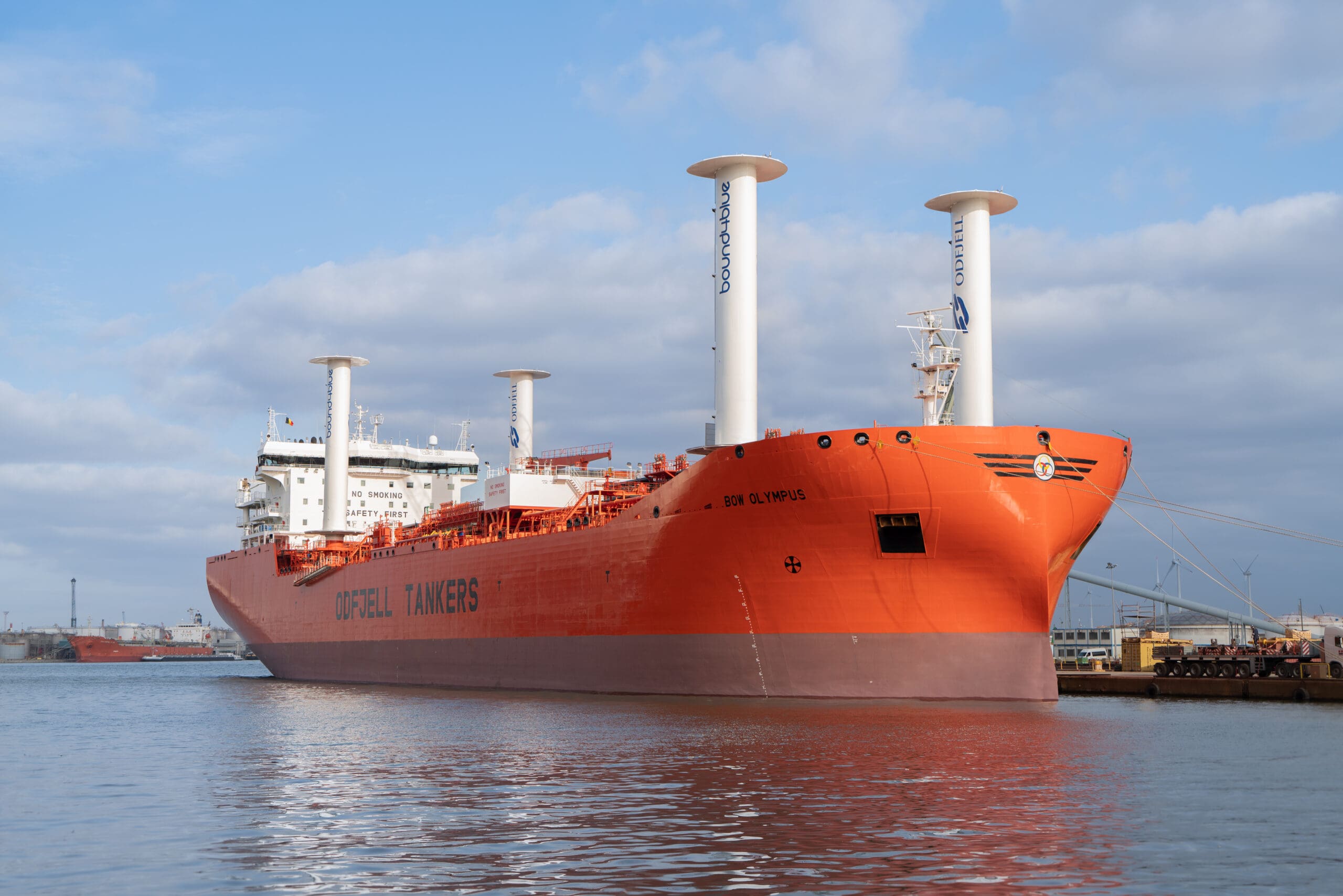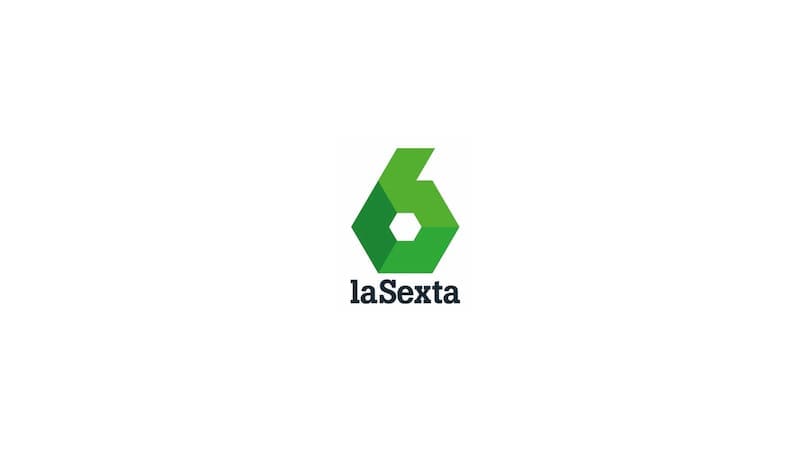Press news
Press release
bound4blue secures LR validation for Pwind calculation methodology, supporting regulatory and financial gains for shipowners
Published
16 September 2025
- Lloyd’s Register (LR) validates bound4blue’s ‘wind propulsion system force matrix’ methodology for calculating Pwind in line with IMO guidance.
- Critical step enabling shipowners to leverage wind-assisted propulsion for FuelEU, and EEXI/EEDI compliance and cost reductions.
- Validation builds trust and establishes efficient, regulation-ready framework for scaling wind propulsion.
London, 16th September, 2025 – bound4blue has taken another step forward in its mission to accelerate and simplify the adoption of wind power, with the validation of its ‘wind propulsion system force matrix calculation methodology’ by Lloyd’s Register (LR). The validation gives shipowners a robust, credible and compliant means to calculate the Pwind value of installations, ensuring they unlock full regulatory (and cost) benefits under frameworks such as FuelEU Maritime, and EEDI/EEXI.
LR validated the approach, which utilizes advanced CFD-based (Computational Fluid Dynamics) calculations, validated with wind tunnel test results. The installation earlier this year of four bound4blue eSAILs® onboard juice carrier M.V. Atlantic Orchard, chartered by Louis Dreyfus Company (LDC) and owned by Wisby Tankers, is the first to benefit from this methodology validation.
“This is a crucial development,” says David Ferrer, Chief Technical Officer and Co-founder at bound4blue. “The validation not only confirms the accuracy of our performance assessments, but also ensures they are immediately applicable for compliance with today’s most important environmental regulations. It simplifies decision-making for stakeholders and removes uncertainty when evaluating wind-assisted propulsion.”
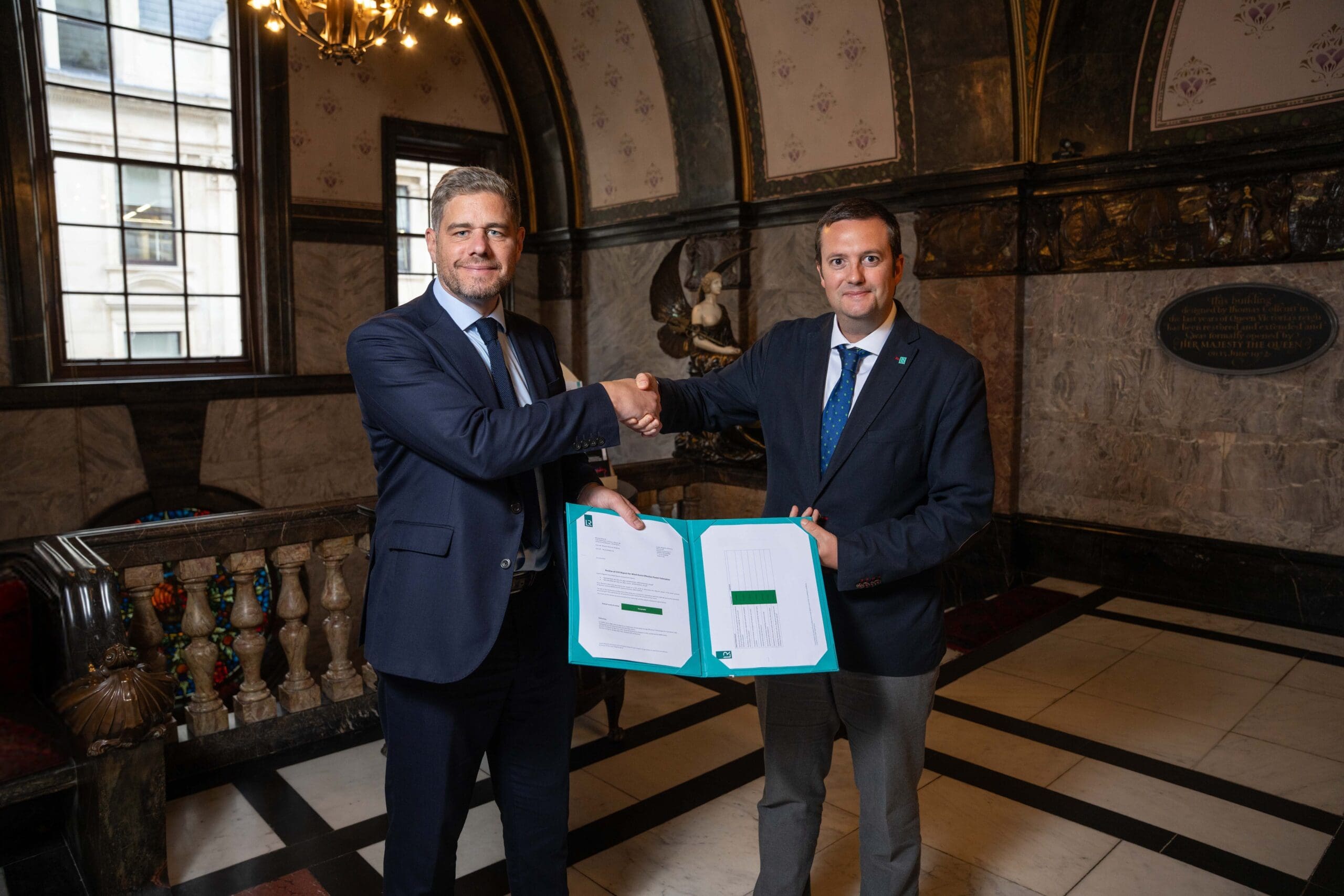
From left to right Daniel Mann (CCO of bound4blue) and Alberto Pérez (Head of Maritime Commercial Markets at Lloyd’s Register)
Building confidence
With this validation, shipowners can now take advantage of a reliable tool to calculate the regulatory benefits of the unique suction sail technology without the need for full-scale testing, saving significant time and money. As Alberto Llopis, Head of Aerodynamics at bound4blue explains, this helps build trust and ease acceptance for the company’s systems as wind assisted propulsion “truly takes off” in the market.
“Validation by Lloyd’s Register is a key enabler for shipowners who want to realize the full value of wind propulsion,” comments Alberto. “By confirming our methodology aligns with all applicable international Rules and Standards, it ensures our clients can confidently calculate Pwind to simplify regulatory compliance and unlock substantial financial savings. It removes uncertainty and enables more informed decision-making, underlining the attractiveness of wind as a prime mover in maritime’s much-needed energy transition.”
A methodology that matters
Pwind is the calculated propulsive power available from a wind assisted propulsion system (WAPS), such as the eSAIL®, and plays a central role in environmental compliance.
Defined under IMO’s “2021 Guidance on treatment of innovative energy efficiency technologies” (MEPC.1/Circ.896), Pwind can be deducted from a ship’s required engine power under EEXI/EEDI calculations, reducing the vessel’s regulatory burden. It is also directly linked to the Wind Reward Factor in FuelEU Maritime, potentially relaxing GHG targets and lowering compliance-related expenses.
The force matrix – which represents the thrust characteristics of a WAPS under various wind conditions – must be installation-specific (considering both sail-to-sail and ship-to-sail aerodynamic interactions) and validated by an independent verifier. LR’s validation confirms that bound4blue’s methodology meets the standards set by IMO, ensuring consistency and transparency.
Speaking about the implications of the process, LR Advisory Ship Performance Manager, Dr Santiago Suarez de la Fuente said: “As the maritime industry works towards ambitious decarbonization targets, shipowners and technology developers need confidence that their investments align with both evolving regulatory expectations and their own objectives. At LR, we’re proud to support the safe and effective adoption of breakthrough technologies, such as bound4blue’s eSAILs®, by providing transparent, independent validation shipping companies can rely upon. We’d like to thank both bound4blue and LDC for their excellent collaboration on this project.”
Accelerating acceptance
LR’s validation is more than a standalone achievement. While force matrices must be calculated specifically for each ship and sail installation, the validated methodology is now transferable across future projects. This means that any new eSAIL® installation using the same CFD-based approach can efficiently obtain a verified Pwind – streamlining compliance, accelerating project timelines, and making the business case for wind propulsion even stronger.
“At LDC, we see validated wind power solutions as a clear win: one that supports our ambitious decarbonization goals, saves fuel costs and delivers strong regulatory advantages,” says Fabian Kowatsch, LDC’s Shipping Decarbonization Lead. “Thanks to the Pwind validation, we can now factor wind propulsion into our regulatory planning, accurately calculate the FuelEU Wind Reward Factor and significantly reduce our compliance costs.”
Mounting momentum
Demand for wind propulsion solutions, such as suction sails, is increasing since the advent of the FuelEU Maritime regulation. Wind is the only power source actively rewarded through the framework, with compliance targets for relevant vessels relaxed by up to 5%. eSAILs® also create energy efficiency benefits for EEDI and EEXI, reduce emissions and costs relating to EU ETS, and positively impact CII ratings.
bound4blue’s fully autonomous units are riding this wave of momentum, with recent orders placed by companies such as Maersk Tankers, Marflet Marine, Klaveness Combination Carriers, Eastern Pacific Shipping and other leading shipping companies. The mechanically simple, proven technology has a typical payback period of less than five years and is suitable for either newbuilds or retrofitting across a diverse array of vessel segments. This includes, but is not limited to, Tankers, Bulkers, Ro-Ros, Cruise vessels, Ferries, Gas Carriers and General Cargo vessels.
bound4blue
Cristina Aleixendri Muñoz | T. +34 938 33 73 92 | press@bound4blue.com
About bound4blue
bound4blue develops automated wind-assisted propulsion systems as a turnkey solution for all shipowners and shipping companies seeking to reduce fuel costs and polluting emissions. bound4blue’s eSAIL® system is a validated solution for saving fuel and emissions, completely autonomous, with low maintenance and easy installation onboard, being the most cost-efficient wind propulsion technology today. It is suitable for Tankers, Bulkers, Ro-Ros, Cruise vessels, Ferries, Gas Carriers, and General Cargo vessels, regardless of their size or age. The company, founded in 2014 with a vocation clearly focused on the renewable energy sector in the maritime field, has its headquarters in Cantabria (Spain) and offices in Barcelona and Singapore. Since completing its first installation in 2021, the company has deployed its eSAIL® system on seven ships, with 12 more in its order book, representing more than 50 eSAILs®. Its growing client portfolio includes industry leaders such as Eastern Pacific Shipping, Maersk Tankers, Marubeni Corporation, Klaveness Combination Carriers and Louis Dreyfus Company, among others.
For more information, visit: www.bound4blue.com
About Lloyd’s Register
Lloyd’s Register (LR) is a global professional services group specialising in marine engineering, technology and digital solutions. We were created more than 260 years ago as the world’s first marine classification society to improve and set standards for the safety of ships. Today we are a leading provider of classification and compliance services to the marine and offshore industries, helping our clients design, construct and operate their assets to accepted levels of safety and environmental compliance. Our digital solutions are relied upon by more than 30,000 vessels, following the acquisition of OneOcean in 2022 and Ocean Technologies Group in 2024.
In the race to zero emissions, our research, advisory and technical expertise and industry-firsts are supporting a safe, sustainable maritime energy transition. Lloyd’s Register Group is wholly owned by the Lloyd’s Register Foundation, a politically and financially independent global charity that promotes safety and education.
For more information, visit: www.lr.org

